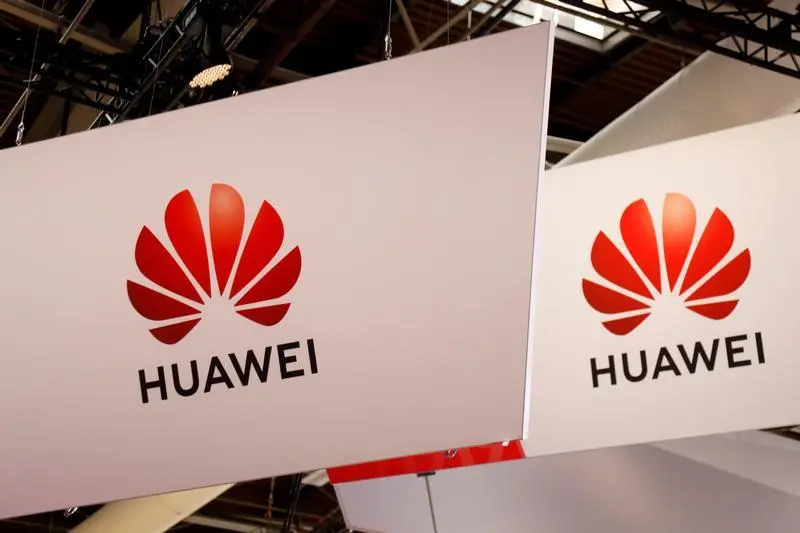PHOTO
HONG KONG - China can throw Huawei a lifeline with a 5G splurge. The telecom-equipment maker said first-half revenue climbed 23%; domestic sales helped. Longer term, though, it is Beijing’s push on next-generation networks that will shape Huawei’s fate.
The Chinese heavyweight reported 401 billion yuan ($58 billion) of revenue for the first six months of 2019, compared to just under 326 billion yuan a year earlier, despite being placed on a U.S. export blacklist in May. President Donald Trump offered some respite afterwards, saying American companies would be allowed to resume sales to Huawei as part of a broader U.S.-China trade ceasefire. But with relations between Washington and Beijing tense, there has been mostly confusion since: the U.S. government has not yet responded to any of about 50 license requests from around 35 companies, Reuters reported this week.
Industry insiders have long expected Beijing policymakers to extend a helping hand to a major company now facing a major U.S.-led pushback abroad - probably by encouraging local carriers to accelerate plans for superfast mobile broadband. A surge in domestic orders, the thinking goes, would offset declines overseas. Huawei’s sales are already tilting back to its home market in handsets: 64% of the company’s smartphone shipments in the second quarter were in China, the highest ratio since 2013, according to Canalys.
The focus, then, is on the likes of China Mobile, where there are tentative signs that investment is accelerating. The $176 billion carrier last month nudged up its target for next-generation base station deployments to more than 50,000 this year, and announced a 30 billion yuan ($4.4 billion) 5G industry fund. Around half the company’s first round of 5G contracts announced in June went to Huawei.
Many of the changes so far are incremental, though. That suggests the carriers are pushing back against the eye-watering costs of an accelerated rollout. For instance, while equipment makers eye price tags of $60,000 to $70,000 per 5G base station, the carriers want to pay $30,000 or less, says analyst Edison Lee of Jefferies. Cash will be splashed. Just how fast it is, though, will determine the size of Huawei’s bottom line for years to come.
CONTEXT NEWS
- Huawei Technologies said on July 30 that its revenue for the first half of the year grew 23.2% to 401 billion yuan ($58.3 billion). Its smartphone shipments rose 24% year-on-year to 118 million units.
(Editing by Clara Ferreira Marques and Katrina Hamlin)
© Reuters News 2019












